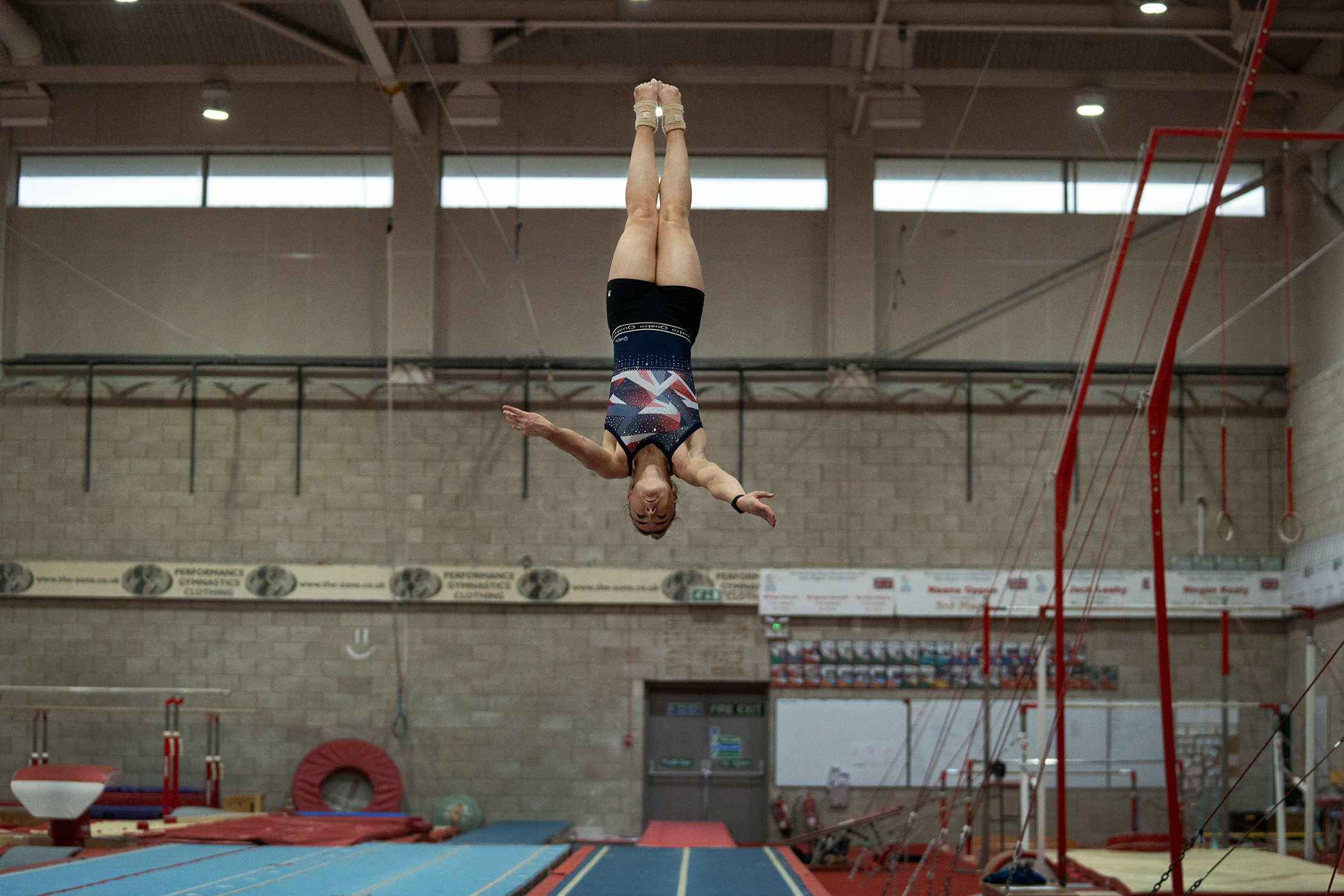
Do we really need a device to dictate our lifestyles?
“Sleep is the most important tool that I have,” insists Cristiano Ronaldo, sitting in a chair in a non-descript dressing room. “To be consistent in the time that I go to bed and the time that I wake up.”
The Portuguese footballer is wearing a jumper emblazoned with Whoop, a wearable fitness product that helps track a variety of health metrics such as sleep, strain and stress. Ronaldo invested in the company last year, alongside other athletes including Rory McIlroy and Patrick Mahomes. Having been founded by Harvard’s squash captain Will Ahmed in 2012, it was valued at $3.6 billion in 2021.
Whoop is just one of a number of wearable fitness devices that have proliferated at the highest levels of sport. Tennis players like Aryna Sabalenka and Maria Sakkari have been spotted wearing one, as have cricket players like Virat Kohli. But these devices are also increasingly popular among the general population, where there has been a boom in interest in fitness.
Whether it is via a Fitbit, an Oura ring or a Garmin, we are all suddenly more likely to be talking about our HRV (heart rate variability) or time spent in deep sleep.
Arsenal defender Katie McCabe has been using Whoop for around five years now.
Related articles:
“Seeing how our hormones change as female athletes, and how that can impact your performance, is something that I’ve really zoned in on, especially in the last year and a half.
“You can squeeze those extra percentages within your training session, at the gym, or on the pitch, but also be mindful of when you actually need to taper down.”
There has been an uptake of female athletes using fitness wearables which has been noticed by Jo Perkins, female health and performance lead for The Well HQ.
“It’s an individual choice,” she says. “Collecting any data has to be relevant and useful. If there’s no plan with what to do with it after, it can cause confusion and stress.”
Perkins gives the example of knowing an athlete has only slept for five hours. In a team sport, where they can’t change when they train or when they play a match, that can create negative feelings for the athlete and affect performance even more.
“It’s got to be player first. Data should always be supportive. Treat whoever is in front of you. But the data can certainly be really helpful to intervene early if [an athlete] isn’t feeling well mentally or physically.”
“The human body has been around for a long time,” says Renee McGregor, a sports dietitian who works with Olympic athletes. “It’s done pretty well for itself, and we should probably be listening to it.
“People are getting more and more obsessed with [devices] and losing track of listening to their bodies.”
McGregor’s concern, both at an elite and population level, is that metrics from these devices can become distorted based on a variety of factors such as mood, menstrual cycle or nutrition.
But becoming too obsessed with the data can lead to unhealthy behaviours.
“There are certain people that can use the data and it doesn’t affect their daily life, but there are a lot of people who will become psychologically impacted by that data.
“Generally, we’re in a problematic era where everyone wants to train like an athlete. Why? Why are we feeling like that’s an identity that we have to tick? What’s wrong with being someone who just likes exercise?
“I feel like everybody’s trying to control everything. Everything’s being digitised. Everything is becoming a metric. Everything is something you can improve on. I don’t know how healthy that is.”
“There is a really big market shift happening where people want to feel in control of their health,” says Alexi Coffey, VP of Product at Whoop.
“They want to be able to act when there is time on their side. So we’re seeing this shift into preventative health.
“We really take responsibility of this daily engagement. It is an honour that people choose to wear our product.
“We are purely there to add value, so we very intentionally do not do behavioural gamification principles that can be a little sneaky.”
The global uptick in physical data collection of this kind is also creating large data sets for companies, which comes with concerns around privacy. A recent collaboration between Oura and Palantir, Peter Thiel’s data analytics company, was condemned by some users of the technology given Palantir’s history of working with organisations like the Israeli Defence Forces and United States Immigration and Customs Enforcement.
An Oura statement clarified that the partnership related solely to US Department of Defence employees who opted in, but how individuals’ health data is looked after and by who remains a live question.
It is unlikely the interest in fitness wearables is going away any time soon, with devices only lowering in price and fitness obsessions continuing to grow. Not all professional sportspeople are convinced though. As Danny Welbeck said when talking about the trend that has been adopted by his teammates at Brighton on BBC Radio 5 Live: “I know when I wake up, if I feel good, I feel good.” Sometimes elite sport can still really be that simple.
Photograph by Michael Owens/Getty Images




